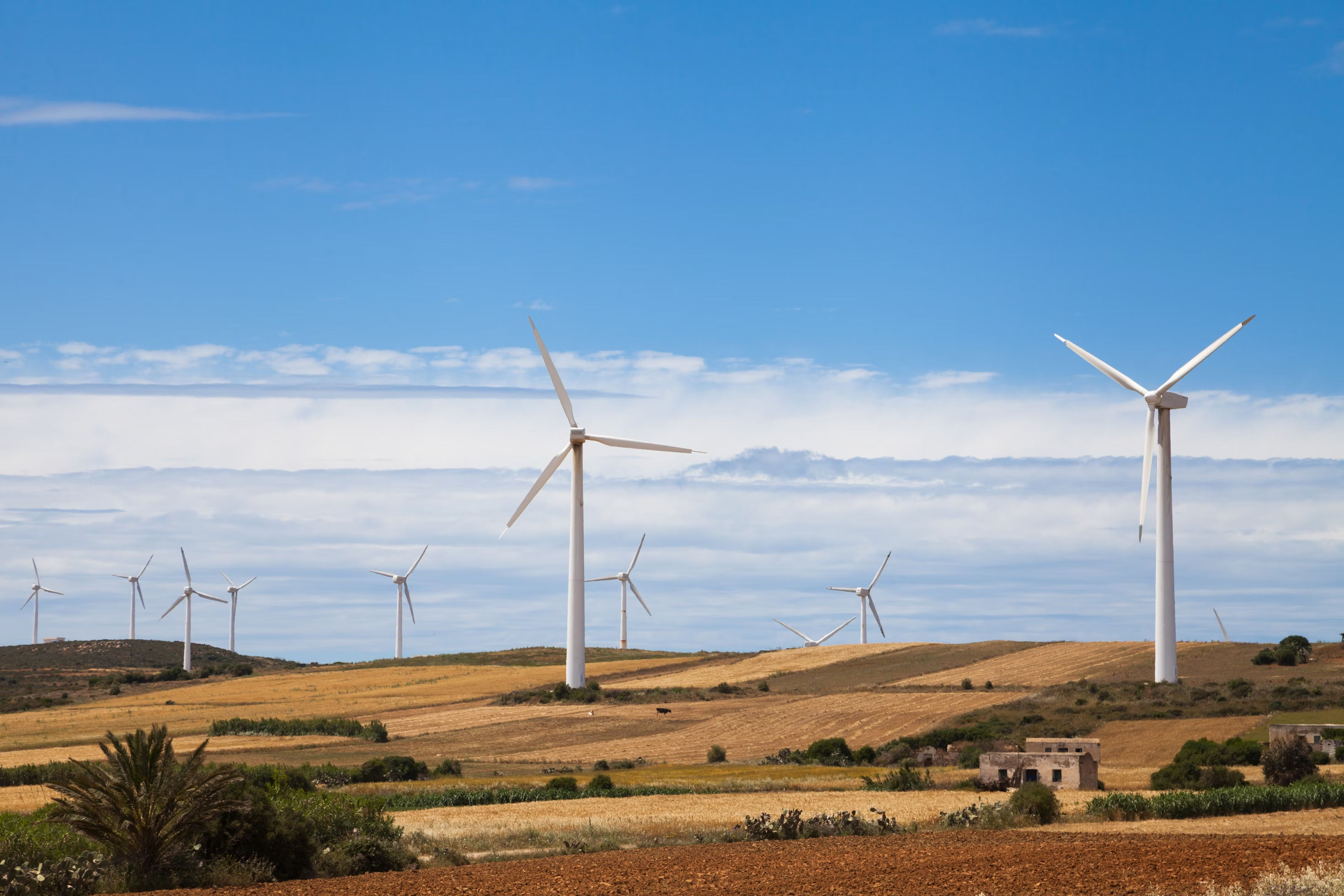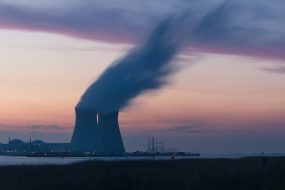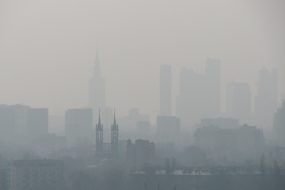
Coffee is one of the most beloved beverages worldwide, but climate change poses a significant threat to its production. As temperatures rise and weather patterns shift, the future of coffee cultivation is uncertain. This blog explores how climate change will affect coffee production and whether we will still be able to grow and drink coffee in the next 50 years.
How Climate Change Affects Coffee Production
Rising Temperatures
Coffee plants thrive in specific temperature ranges, typically between 59°F and 75°F (15°C to 24°C). However, climate change is causing average temperatures to rise, which can lead to heat stress in coffee plants. This stress can reduce yields and affect the quality of the beans produced.
Changes in Rainfall Patterns
Coffee cultivation requires consistent rainfall, usually around 60 inches per year. Climate change is altering precipitation patterns, leading to droughts in some regions and excessive rainfall in others. These fluctuations can disrupt the delicate growing conditions that coffee plants need to flourish.

Increased Pests and Diseases
Warmer temperatures and changing weather patterns can also lead to an increase in pests and diseases that affect coffee plants. For example, the spread of coffee leaf rust, a devastating disease, has been exacerbated by climate change. This can lead to significant crop losses and threaten the livelihoods of coffee farmers.
Shrinking Suitable Land
According to projections, nearly half of the land currently used for coffee cultivation could become unsuitable by 2050 due to climate change. This reduction in suitable land will make it increasingly difficult to grow coffee in traditional regions, such as Brazil, Colombia, and Vietnam.

Will We Still Be Able to Grow and Drink Coffee in 50 Years?
Potential for Adaptation
While the challenges posed by climate change are significant, there is potential for adaptation. Farmers and scientists are exploring ways to breed coffee plants that are more resilient to heat and disease. Additionally, some regions may become suitable for coffee cultivation as temperatures rise, allowing for new growing areas to emerge.
Economic and Social Implications
The decline in coffee production could have serious economic implications, particularly for countries that rely heavily on coffee exports. Many farmers may struggle to maintain their livelihoods if yields decrease significantly. This could lead to increased prices for consumers and a shift in the global coffee market.

Future Outlook
While it is difficult to predict the exact future of coffee production, it is clear that climate change will have a profound impact. If current trends continue, we may see a decline in traditional coffee-growing regions and an increase in prices. However, with proactive measures and adaptation strategies, it may still be possible to grow and enjoy coffee in the future, albeit in different forms or from different regions.
Conclusion
Climate change poses a significant threat to coffee production, with rising temperatures, changing rainfall patterns, and increased pests and diseases all contributing to the challenges ahead. While the future of coffee is uncertain, there is potential for adaptation and resilience.

Whether we will still be able to grow and drink coffee in 50 years depends on our collective efforts to address climate change and support sustainable coffee farming practices.
Read more on Lifetips.blog














